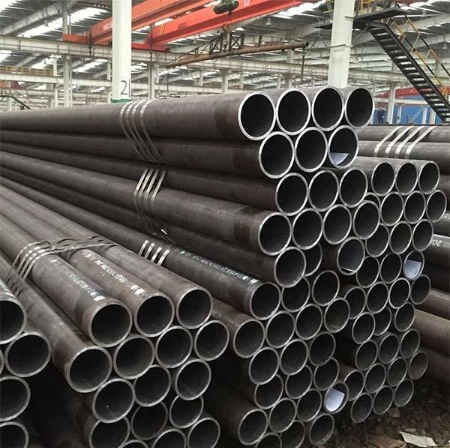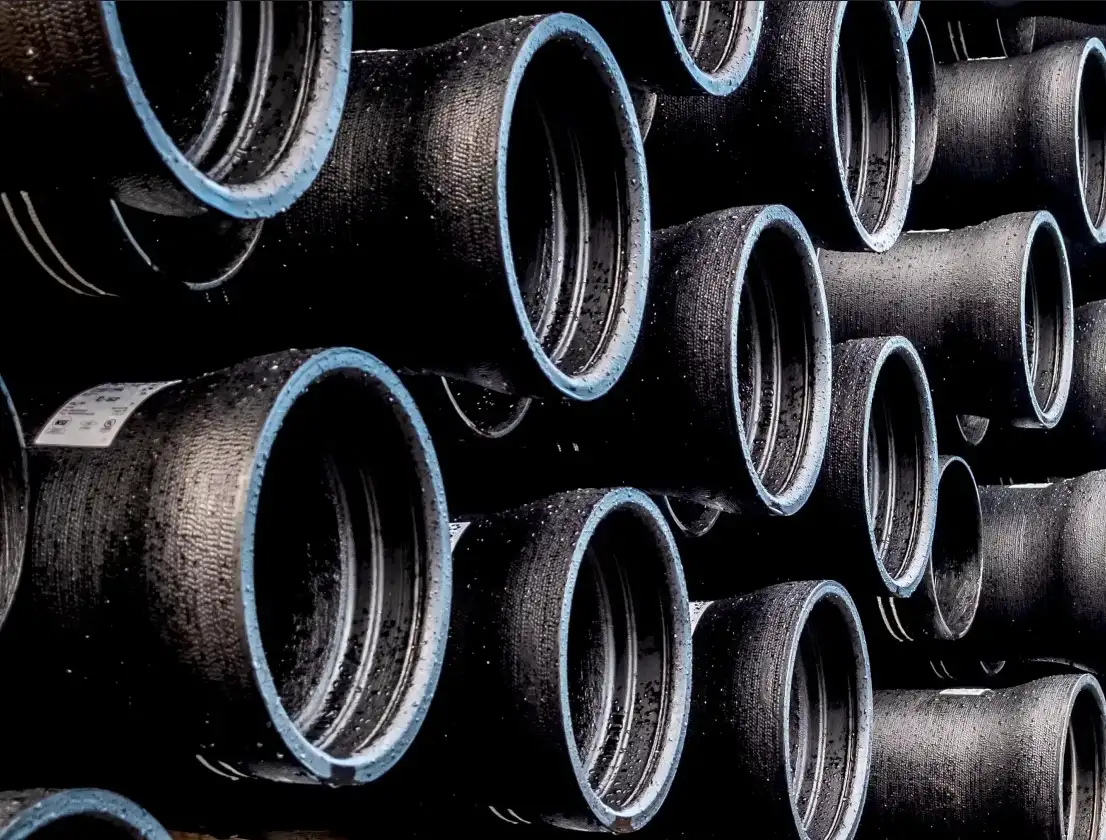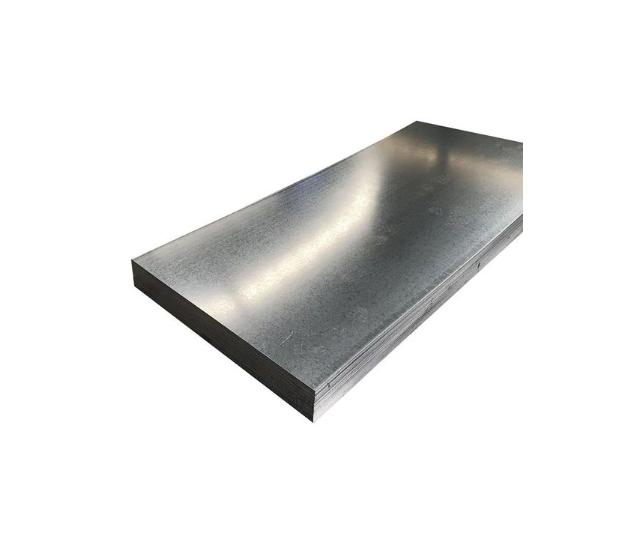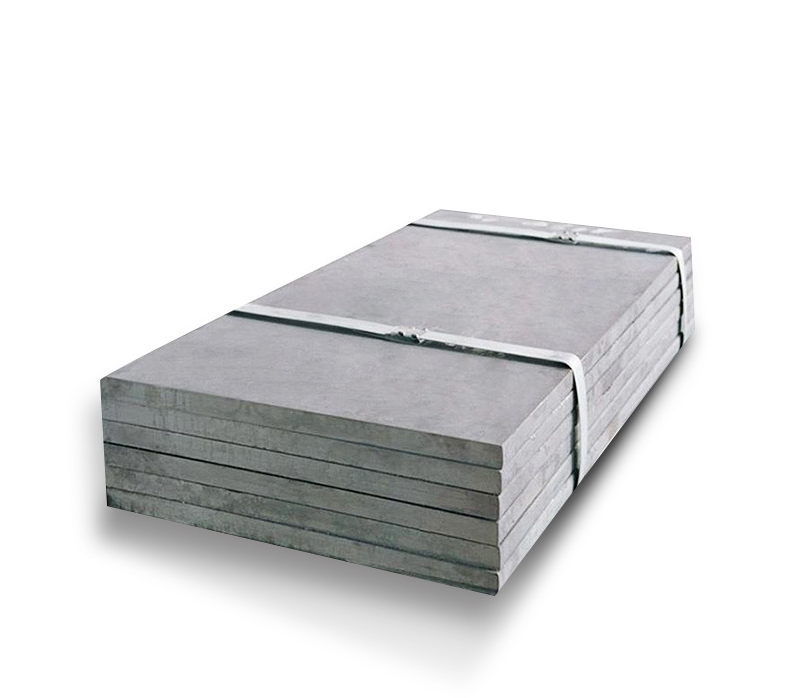In 2025 the market for ASTM A53 carbon steel pipe is fragmented — wholesale sourcing from China and other Asian mills commonly sits in the USD $500–900 / metric tonne band for plain ERW/LSAW products, while India wholesale lists commonly show ₹55–80 / kg (≈ USD $630–920 / tonne using mid-2025 exchange rates). U.S. market wholesale/import assessments for A53 remain materially higher (often USD $1,400–1,700 / short ton for FOB/CIF transactions), driven by higher domestic mill costs, transport and regulatory premia. These are ranges, not fixed prices — final numbers depend on size, wall thickness, coating, quantity and delivery terms.
What is ASTM A53
ASTM A53/A53M is the American standard specification for carbon steel pipe, black and hot-dipped, zinc-coated, welded and seamless. The standard covers three manufacturing types (Type F, E and S) and Grades A and B (Grade B has higher tensile strength). It is widely used for structural, mechanical and low-pressure service piping (water, gas, HVAC and general conveyance). For project procurement you should verify the Type (F/E/S), Grade (A or B), nominal size/schedule and any coating/finish required.
A53 product variants that most affect price
Short list — each factor can move price substantially:
-
Manufacturing route: ERW (electric resistance welded), SSAW/LSAW (spiral/longitudinal), or seamless. Seamless commands premiums.
-
Grade & schedule: Grade B and heavier schedules (Sch 80, XS) cost more per metre.
-
Diameter & wall thickness: Large-diameter & heavy-wall pipes cost more per tonne in some trades (fabrication/handling penalties) and change shipping packing efficiency.
-
Coatings & downstream finishes: Galvanizing, anti-corrosion paints, FBE/3PE add to cost and lead time.
-
Testing & certificates: Hydro tests, PMI, 3.1/3.2 mill certs, NDT, and third-party inspection add to supplied price.
-
Order size & packaging: Larger MOQ reduces unit price; container/ bulk packing changes logistics cost.
How the market behaved in early-to-mid 2025
We track three macro drivers that set the backdrop in 2025:
-
Global steel supply/demand balance. Worldsteel and OECD reporting show demand recovering unevenly — India strong, China softer than its previous peaks — producing export flows from China that keep some global low-end steel products competitively priced.
-
Raw material & scrap pricing. Hot-rolled coil (HRC), pig iron and scrap swings are the single largest input for pipe cost. When HRC and scrap rally, upstream mill asking prices follow; when they soften, mills competing for export markets put downward pressure. (Price feeds are available through monthly tubular indices where published.)
-
Trade & regulatory overlays. Tariffs, anti-dumping investigations and regulation (pipeline safety / standards updates) can cause spot surcharges or restrict supply into a market, raising local prices. For example, standards and regulatory notices affecting pipeline specifications can affect buyers’ preferred product and thus price.

Typical price bands in 2025
Below is a practical table we prepared from supplier quotes, price lists and market assessments seen in 2025. These are representative wholesale ranges for commonly traded ERW / ASTM A53 material (unspecified schedule; prices vary by size & coating). Use these as a negotiation baseline rather than order confirmations.
| Region | Typical wholesale price (local) | Approx. USD equivalent per tonne | Notes / what affects the band |
|---|---|---|---|
| China (export FOB) | US$ 520 – 900 / tonne (many factory listings show mid bands near US$560–700) | US$ 520–900 / t. Example factory tiers: $560–705/t; Alibaba mills often advertise $600–650/t for bulk. | Large export volumes, aggressive mill pricing for ERW/LSAW; thinner wall & common sizes at lower end. Coated/galvanized grades cost extra. |
| India (domestic wholesale) | ₹55 – 80 / kg (price lists and mill pages, March–May 2025) | ≈ US$ 630 – 920 / t (using mid-2025 exchange rates ~ ₹86–87 = US$1). | India’s domestic scrap and mill margins, plus freight inland; seamless and IBR-certified product trades higher. |
| United States (wholesale/import assessments) | Market assessments report: US$ 1,450 – 1,700 / short ton (FOB / CIF benchmarks) | ≈ US$ 1,600 – 1,870 / t (short ton→metric tonne conversion) — market assessed bands by price agencies. | Higher cost base from mill, labour, logistics and regulatory premia. Retail small-quantity prices (retail stores) are higher per metre. |
| Europe (EU) | Wide — €700 – €1,600 / t depending on product and supply channel | ≈ US$ 750–1,700 / t (market & subscription services show varied bands). | European prices depend on mill mix (domestic vs import), anti-dumping measures, and specific buyer requirements (PED, EN standards). |
| Middle East (UAE / GCC import markets) | US$ 500 – 900 / t reported on supplier platforms | US$ 500–900 / t depending on size/coating; local project supply logistics often add surcharges. |
Takeaway: Asia-origin product (China, some Indian mills) is typically the most cost-competitive on a USD/ton basis for standard ERW A53. North America and parts of Europe show higher landed/wholesale prices for like-for-like product. See supplier citations above for concrete quote pages.
Why price ranges are so wide
Short paragraphs — each reason affects your quote:
-
Product mix: A53 covers welded and seamless. Seamless and thicker schedule pipes often cost 20–60% more.
-
Size skew: Very large diameter or heavy wall pipes require different tooling and shipping; mills may price them out of the mid-range band.
-
Coating & finish: Hot-dip galvanizing, epoxy/FBE, and cement lining add material and labour cost. A galvanizing line alone can add tens to a few hundred USD/t depending on thickness.
-
Minimum order & packaging: FOB container vs bulk vessel shipments changes per-tonne absorption of freight. Small orders (1–10 t) have high unit freight/handling and retail margins.
-
Lead time & liquidity: Fast delivery at short notice often carries a premium; long lead times allow mills to plan and offer lower prices.
-
Quality and test matrix: A basic mill test certificate is cheaper than a full PED/3.1/3.2 paperwork package with third-party mill inspection and additional NDT. Buyers asking for “certified” traceability pay more.
Converting retail & sample prices to tonne basis
Many online listings show per-piece or per-foot prices. We use a quick method:
-
Find the weight per unit from standard pipe tables for the nominal size and schedule.
-
Multiply unit weight by unit price to get price per kg (or per ft).
-
Scale to 1,000 kg to get USD/tonne for comparison.
Example: a 1″ Sch40 A53 pipe listing priced at US$104.50 for 21 ft (a retail listing). Per-ft = $4.976; if the 1″ Sch40 pipe weight ≈ 0.082 kg/ft (example — confirm in a pipe weight table), then cost per tonne would be $4.976 / 0.082 * 1000 ≈ $60,700/t (this extreme shows retail per small items is not comparable to bulk tonnes). Always convert sizes to weight first. See retail example pages for common small-quantity pricing.
How to read supplier quotes
When you receive an A53 quotation, check that the following are explicitly specified — ambiguity is the most common cause of disputes:
-
Standard & revision (A53/A53M + year) and whether dual certified to ASME SA53 is required.
-
Type (E/F/S), Grade (A/B), schedule, OD & wall thickness.
-
Length tolerance and end finish (plain, beveled, threaded).
-
Surface condition (black oiled, bare, galvanized, epoxy).
-
Test certificates (MTC EN 10204 2.2 / 3.1 / 3.2), hydrotest pressure, NDT.
-
Packing & shipping terms (FOB/FOC, CIF, FCA, DDP) and transit time.
-
Warranty / acceptance & rejection criteria for visible defects and non-conformances.
Practical procurement tips to reduce landed cost
We recommend these steps we routinely use when sourcing A53:
-
Specify clearly up front — ambiguous specs invite extra charges. Always include Type / Grade / schedule / coating / MTC.
-
Ask for quantity-based tiers — suppliers often have clear bands at 10 / 50 / 100 / 500 tonnes.
-
Request mill sample + weight report before mass production to lock expectations.
-
Negotiate packaging & container planning — better packing reduces damage claims and saves freight.
-
Use consolidated shipments if smaller project phases to improve price per tonne.
-
Consider bonded warehouses or regional stocking to smooth delivery spikes without paying premium spot rates.
-
Verify third-party inspection for critical projects — marginally more expensive but reduces rework risk.
A short case: importing Chinese A53 ERW for MENA project
For a hypothetical project in UAE requiring 1,000 tonnes of A53 ERW Sch40 (various sizes), a practical sourcing plan would be:
-
Solicit 3–5 Chinese mills with export experience and SPC/ISO certificates. Expect FOB factory quotations in the US$ 540–700 / t band for standard black ERW (bulk order).
-
Add transshipment + CIF Dubai freight & insurance (~US$ 40–80/t dependent on size and fuel surcharges).
-
Add customs and local handling (variable; factor in duty and port handling).
-
Confirm coating if the project requires galvanizing; galvanizing will add per-piece cost and increase packing complexity.
-
Ask for a 3.1 MTC and pre-shipment inspection for critical line items.
This approach can yield landed prices materially below local production in regions with higher mill cost bases, but you must manage inspection and quality paperwork tightly.
Quality, standards and regulatory notes
-
ASTM A53 remains the controlling standard for the designation and the test matrix; buyers should always list the exact revision or the equivalence required.
-
Pipeline projects & jurisdictional rules: For pressure lines or pipelines subject to national pipeline regulators, additional certifications (and sometimes tighter material acceptance) may be required. Example: recent regulatory notices and standards updates have been published for pipeline safety in 2025 — check local regulators for compliance.
-
Dual certification: Some buyers prefer dual-certified A53/A106 for higher confidence in seamless properties — expect a price premium.
Forecast & negotiation posture for the rest of 2025
Our view — based on supply/demand signals (Worldsteel / OECD / market intelligence):
-
Moderate price pressure will continue in markets with weak domestic demand (some regions in China and Europe), keeping exportable supply competitive.
-
Short term spikes remain possible if scrap or HRC rallies or if an unexpected supply disruption occurs. Keep flexibility in contract terms for material surcharges.
-
Buyers with medium-term needs should seek quarterly contracts with defined indexation (linked to HRC or scrap indices) to avoid frequent spot premiums.
Price examples
-
China export listings: numerous factory and trading pages in 2025 advertise bulk A53 ERW in the US$ 560–705 / t band (tiered by MOQ). These are typical factory FOB asks for standard sizes.
-
India domestic price lists (March–May 2025) show A53 / A106 / API-5L pipes in the ₹55–80 / kg range depending on grade and mill — we convert that to roughly US$ 630–920 / t at mid-2025 exchange rates. Use local currency prices as your baseline when procuring in India.
-
U.S. distributor retail examples: a common small-volume retail listing (1″ Sch40 A53 pipe) can show US$ ~104.50 for 21 ft retail (illustrative of small-order premiums). Compare bulk tonne pricing before buying small lots.
FAQs
Q1: Should I choose A53 or A106 for line pipe?
A53 is a general-purpose carbon steel pipe for mechanical and pressure applications. A106 (Gr B) is specifically recommended for high-temperature service; for many pressure pipeline projects A106 is preferred. Verify project specs and choose accordingly.
Q2: How much does galvanizing add to the per-ton cost?
It depends on galvanizing mass (g/m²) and pipe geometry. Expect an additional per-ton cost (labour & zinc) which can range from a few dozen to a few hundred USD per tonne — ask suppliers for a galvanizing line item. (We recommend separate line items for base pipe and coating.)
Q3: How do I convert quoted short tons to metric tonnes?
Multiply USD per short ton by 0.907185 to get USD per metric tonne (or divide by 1.10231 the other way). Clarify which ton the supplier uses in your contract.
Q4: Is it safe to buy factory FOB from overseas mills?
Yes — but do pre-shipment inspection, get detailed MTCs and specify rejection criteria. Make sure your contract covers non-conformity remedies and retesting.
Q5: Where can I find the authoritative A53 text?
ASTM publishes the standard; many mills quote it in their data sheets. For purchase/official text see ASTM’s specification pages.








